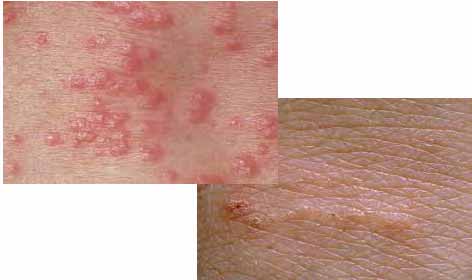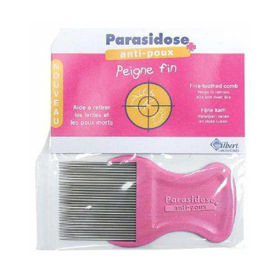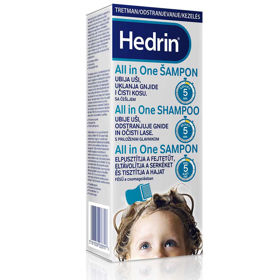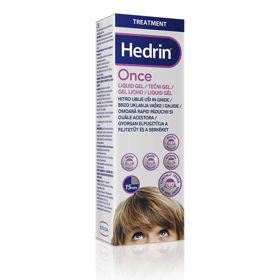Customer question:
How to identify scabies? Anonymous customer's question
Pharmacist's answer:
"scalp lice" are small parasitic insects feeding human blood. If you suspect scabies, you can recognize some characteristic symptoms and signs.

Here are some fundamental properties that indicate the presence of barium:
- Itching: itching is the most common symptom of garia. Scabies cause itching due to bites, skin irritation, and a reaction to their saliva.
- Visible Bites: Scabies feed on blood by sucking blood. The bites are small, red, and often the center of a small swollen area.
- Small whitish eggs (nits): Dandruff is laid by small whitish eggs called hair nits. Nits are usually attached to the hair near the scalp and are easily mistaken for dandruff.
- Visible adult lice: adult lice are tiny, grey-brown insects about the size of poppy seeds.
- Red swellings and ulcers: intense combing and scratching due to itching can cause red swellings, ulcers, and skin inflammation.
Once you recognize the signs of scabies, taking immediate action is essential to prevent them from multiplying and spreading. Untreated scabies can lead to more severe problems like bacterial skin infections.
What is the difference between lice and scabies?
Lice and scabies are parasites that attack humans and differ in their characteristics, appearance, and where they are most often found. Lice are tiny insects that feed on the blood of the host.
Three main types of lice attack humans:
- head lice (Pediculus humanus capitis)
- Pediculus humanus pubis
- body lice (Pediculus humanus corporis)
Dandruff is a particular type of lice that attacks the scalp. They are also called scalp lice. Depending on the species, lice inhabit different parts of the body. Head lice usually appear on the scalp, pubic lice on pubic hair, and body lice usually lay eggs on clothing and occasionally move to the skin to suck blood. Scabies specialize in attacking the scalp. They occur most often in children.
Lice are small, mobile insects with six legs. The size of adult lice is about 2-3 millimeters. Scars are also small but less mobile. They are more adapted to attach to the hair and feed on the host's blood. Nits (garium eggs) are whitish and usually attach to the hair near the scalp.
Lice symptoms include itching, red spots, and possibly swelling at the bite sites. Symptoms of ringworm include an itchy scalp, visible bites, redness, and irritated skin. Minor red rashes may also appear on the neck or behind the ears.
Both parasites are contagious and are transmitted mainly by close contact between people or by sharing objects such as hairbrushes, hats, or clothing. The key is treating the head lice or scabies infection properly and preventing its spread.
Interesting reading: How to destroy scabies?













